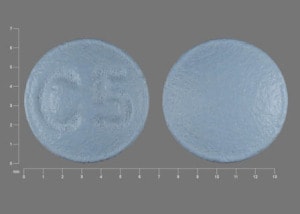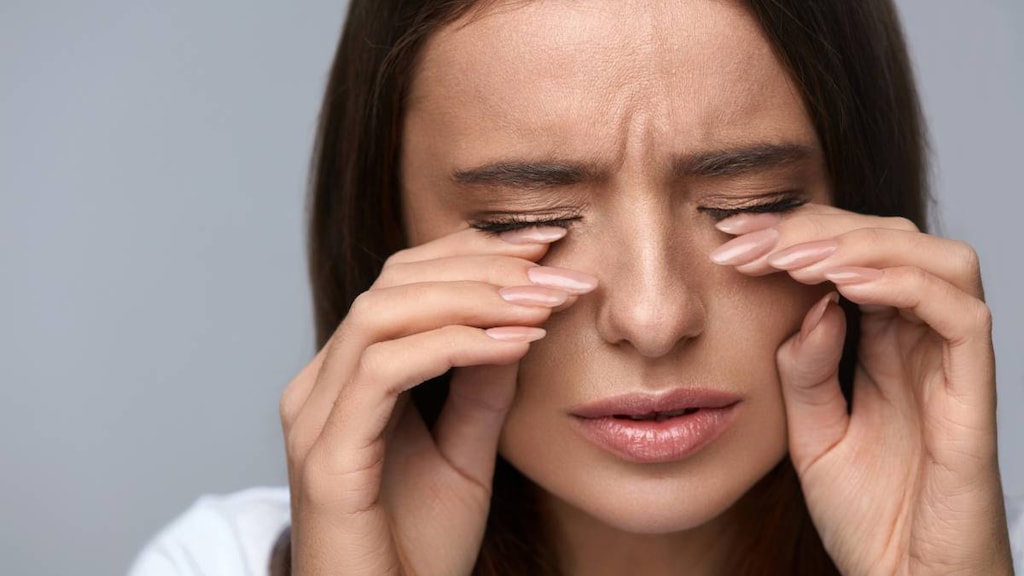What is Clarinex?
Clarinex is a prescription medicine that contains the medicine desloratadine (an antihistamine).
Clarinex is used to help control the symptoms of:
- seasonal allergic rhinitis (sneezing, stuffy nose, runny nose and itching of the nose) in people 2 years of age and older.
- perennial allergic rhinitis (sneezing, stuffy nose, runny nose and itching of the nose) in people 6 months of age and older.
- chronic idiopathic urticaria (long-term itching) and to reduce the number and size of hives in people 6 months of age and older.
Clarinex is not for children younger than 6 months of age.
Who should not take Clarinex?
Do not take Clarinex if you:
- are allergic to desloratadine or any of the ingredients in Clarinex Tablets, Clarinex RediTabs or Clarinex Oral Solution. See the end of this leaflet for a complete list of ingredients.
- are allergic to loratadine (Alavert, Claritin).
Talk to your doctor before taking this medicine if you have any questions about whether or not to take this medicine.
What should I tell my healthcare provider before taking Clarinex?
Before you take Clarinex, tell your doctor if you:
- have liver or kidney problems.
- have any other medical conditions.
- are pregnant or plan to become pregnant. It is not known if Clarinex will harm your unborn baby. Talk to your doctor if you are pregnant or plan to become pregnant.
- are breast-feeding or plan to breast-feed. Clarinex can pass into your breast milk. Talk to your doctor about the best way to feed your baby if you take Clarinex.
Tell your doctor about all the medicines you take, including prescription and non-prescription medicines, vitamins and herbal supplements. Clarinex may affect the way other medicines work, and other medicines may affect how Clarinex works. Especially tell your doctor if you take:
- ketoconazole (Nizoral)
- erythromycin (Ery-tab, Eryc, PCE)
- azithromycin (Zithromax, Zmax)
- antihistamines
- fluoxetine (Prozac)
- cimetidine (Tagamet)
Know the medicines you take. Keep a list of your medicines and show it to your doctor and pharmacist when you get a new medicine.
How should I take Clarinex?
- Take Clarinex exactly as your doctor tells you to take it.
- Do not change your dose of Clarinex or take more often than prescribed.
- Clarinex can be taken with or without food.
- Place Clarinex RediTabs Tablet on your tongue and allow it to dissolve before swallowing. Clarinex RediTabs can be taken with or without water. Take your Clarinex RediTabs Tablet right away after opening the blister.
- Take Clarinex Oral Solution with a measuring dropper or oral syringe that can measure 2 mL or 2.5 mL. Ask your pharmacist for a dropper or syringe if you do not have one.
- If you take too much Clarinex, call your doctor or get medical attention right away.
What are the possible side effects of Clarinex?
Clarinex may cause serious side effects, including:
- Allergic reactions. Stop taking Clarinex and call your doctor right away or get emergency help if you have any of these symptoms:
- rash
- itching
- hives
- swelling of your lips, tongue, face, and throat
- shortness of breath or trouble breathing
The most common side effects of Clarinex in adults and children 12 years of age and older with allergic rhinitis include:
- sore throat
- dry mouth
- muscle pain
- tiredness
- sleepiness
- menstrual pain
Increased sleepiness or tiredness can happen if you take more Clarinex than your doctor prescribed to you.
Tell your doctor if you have any side effect that bothers you or that does not go away.
These are not all of the possible side effects of Clarinex. For more information, ask your doctor or pharmacist.
Call your doctor for medical advice about side effects. You may report side effects to FDA at 1-800-FDA-1088.
Clarinex Images
General information about the safe and effective use of Clarinex
Medicines are sometimes prescribed for purposes other than those listed in a patient information leaflet. Do not use Clarinex for a condition for which it was not prescribed. Do not give Clarinex to other people, even if they have the same condition you have. It may harm them.
This Patient Information leaflet summarizes the most important information about Clarinex. If you would like more information, talk with your doctor. You can ask your pharmacist or doctor for information about Clarinex that is written for health professionals.
For more information, go to www.CLARINEX.com.
How should I store Clarinex?
- Store Clarinex Tablets between 59°F to 86°F (15°C to 30°C).
- Clarinex Tablet are sensitive to heat. Do not store above 86°F (30°C).
- Protect Clarinex Tablets from moisture.
- Store Clarinex Oral Solution between 59°F to 86°F (15°C to 30°C). Protect Clarinex Oral Solution from light.
Keep Clarinex Tablets, RediTabs Tablets, and Oral Solution and all medicines out of the reach of children.
What are the ingredients in Clarinex?
Active ingredient: desloratadine
Patients with Phenylketonuria: Clarinex RediTabs Tablets contain phenylalanine.
Inactive ingredients:
Clarinex Tablets: dibasic calcium phosphate dihydrate USP, microcrystalline cellulose NF, corn starch NF, talc USP, carnauba wax NF, white wax NF, coating material consisting of lactose monohydrate, hypromellose, titanium dioxide, polyethylene glycol, and FD&C Blue #2 Aluminum Lake.
Clarinex Oral Solution: propylene glycol USP, sorbitol solution USP, citric acid (anhydrous) USP, sodium citrate dihydrate USP, sodium benzoate NF, disodium edetate USP, purified water USP. It also contains granulated sugar, natural and artificial flavor for bubble gum and FDC Yellow #6 dye.


